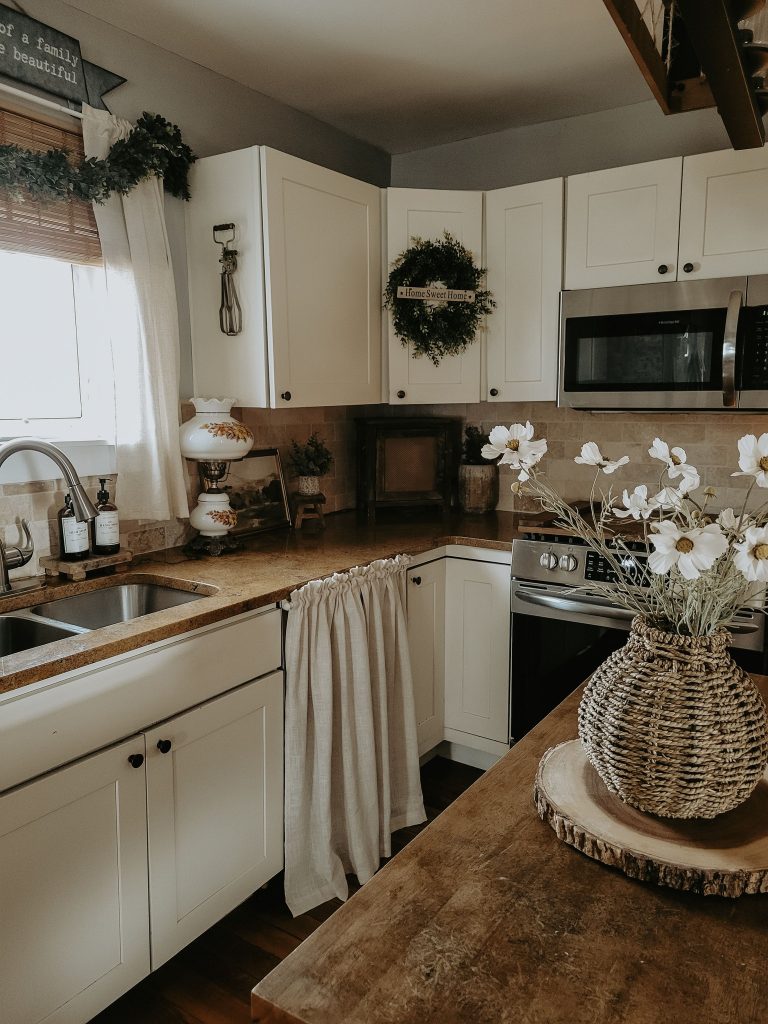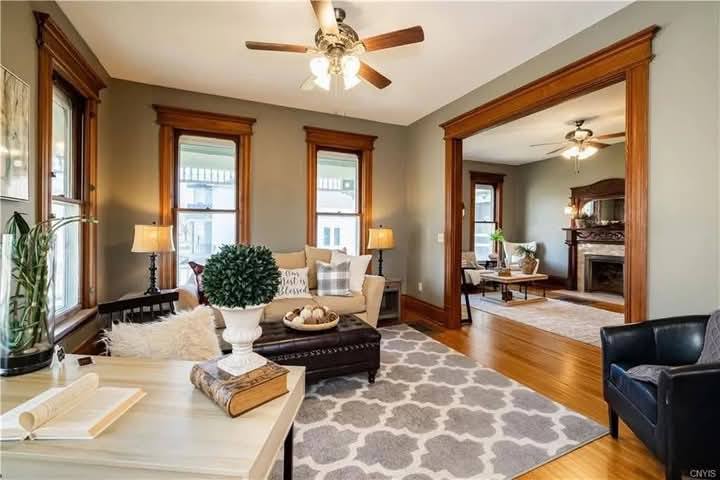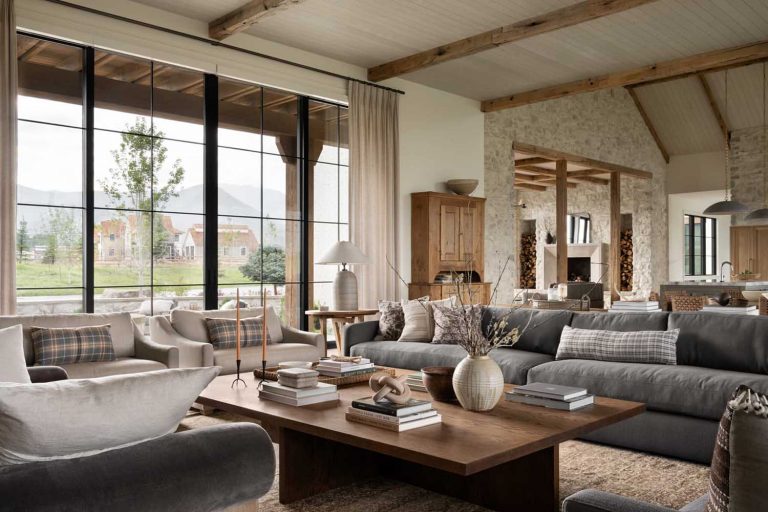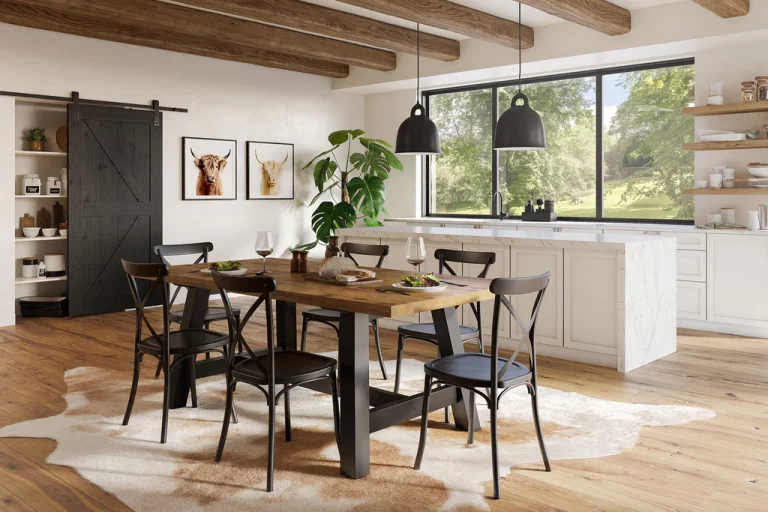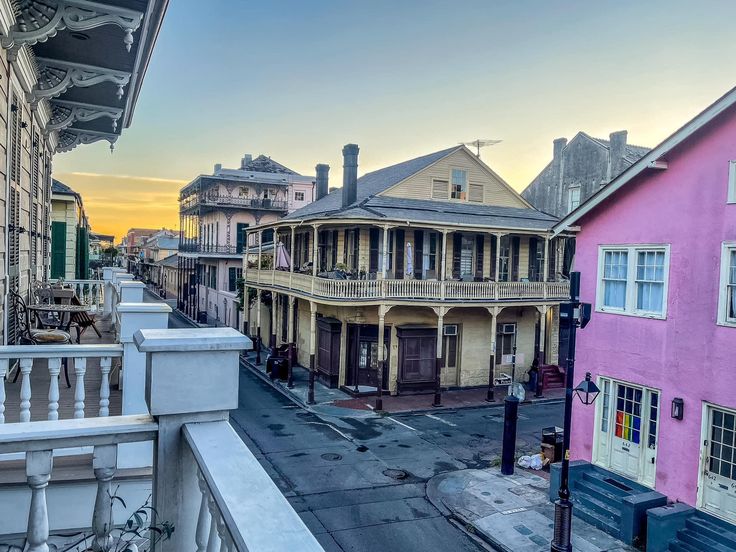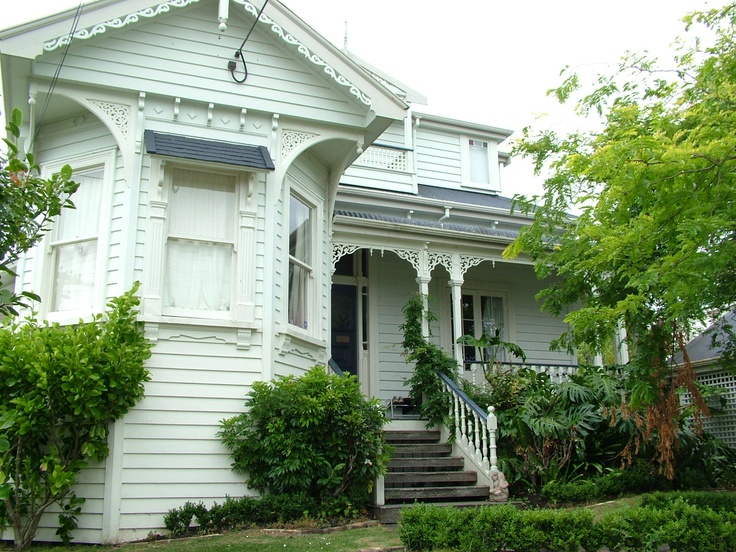In the United States, many old homes are not only remembered for their historic beauty but are also associated with mysterious stories, even being labeled as “haunted.” Calling a house “haunted” isn’t just about strange occurrences but often involves deep historical, cultural, and spiritual elements that have contributed to the creation of legends. So, why are these old houses considered to be “haunted” or “ghost-infested”? Let’s explore the main reasons.
1. The Dark History of Old Houses
One of the primary reasons why old houses are thought to be haunted is their history. The U.S. has a long past filled with wars, racial conflicts, and tragic events. Many old homes have witnessed horrifying tragedies—such as sudden deaths, battles, or other traumatic incidents. These stories of ghosts seem to become a part of the house’s historical narrative. For instance, in the American South, many believe that the spirits of slaves who died during the Civil War still linger in the old plantations. These stories have been passed down through generations and have become part of local folklore, adding to the mystique and fear surrounding these homes.
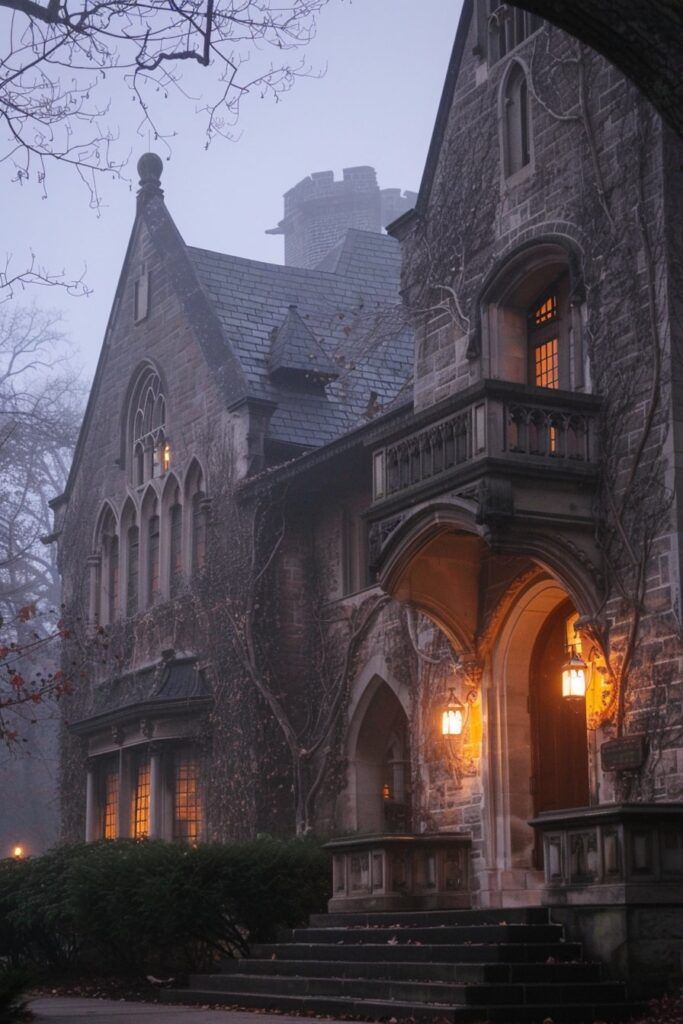
2. Scientific Explanations for Strange Phenomena
Not all strange occurrences in old houses can be explained by the supernatural. Some phenomena, like strange noises, doors that open and close by themselves, or shadowy figures, can be explained by natural factors. For example, the aging of materials like wood can create odd creaking sounds, while mold or mildew can cause unpleasant odors, which heighten the sense of unease. Additionally, scientific studies have shown that chemicals in building materials or electromagnetic fields in a house can affect a person’s mood and even create hallucinations, making those living in the house feel the presence of something supernatural.
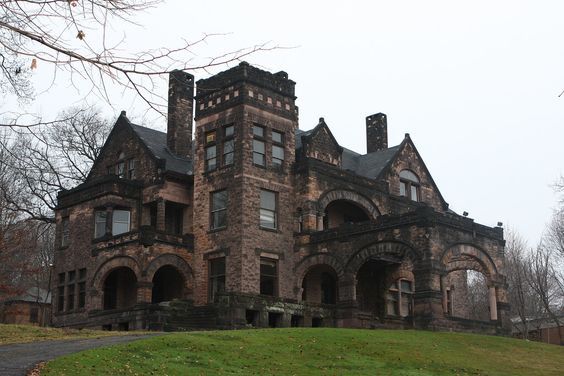
3. Cultural Beliefs and Ghost Stories
In the U.S., particularly in communities with strong religious foundations, belief in the unseen world is still deeply rooted. Stories about ghosts in old houses have been passed down through generations, becoming part of spiritual culture. People believe that if someone dies violently or isn’t properly buried, their soul may wander in the house they lived in. A famous example is the Amityville house, where a family claimed to be haunted after moving into an old home. Stories like this have become an integral part of folklore and contribute to the fear and curiosity surrounding old houses.
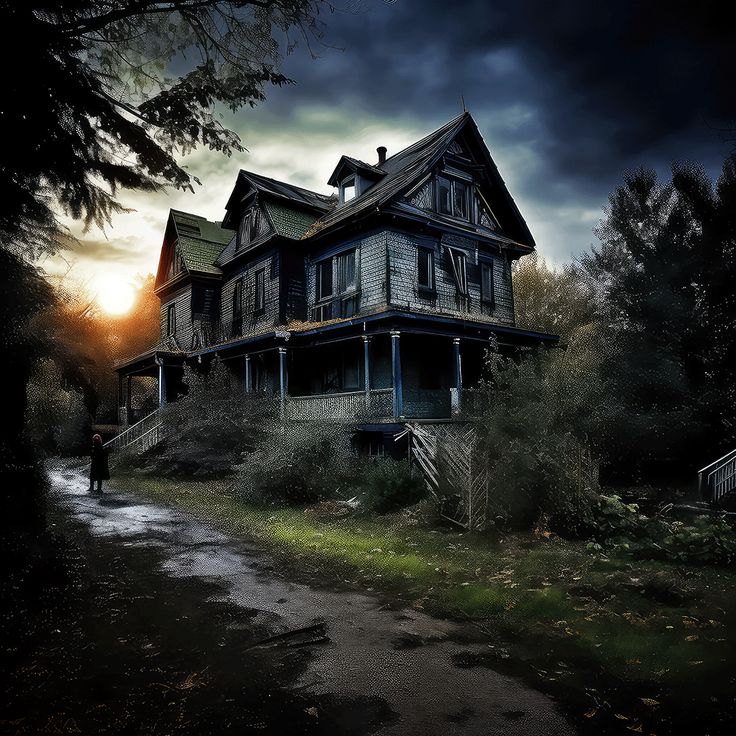
4. Human Psychology and Supernatural Phenomena
The combination of imagination and psychology can be another important factor in why many old houses are called “haunted.” Feelings of unease at night, dim lighting, or tense situations can make people more sensitive and prone to imagining supernatural events that may not exist in reality. In a dark space, shadows or odd noises may be interpreted as “ghostly” occurrences. Old houses, with their dimly lit and long histories, often stimulate the imagination and psyche of those who enter them. When fear arises, people tend to attribute everything to “haunting.”
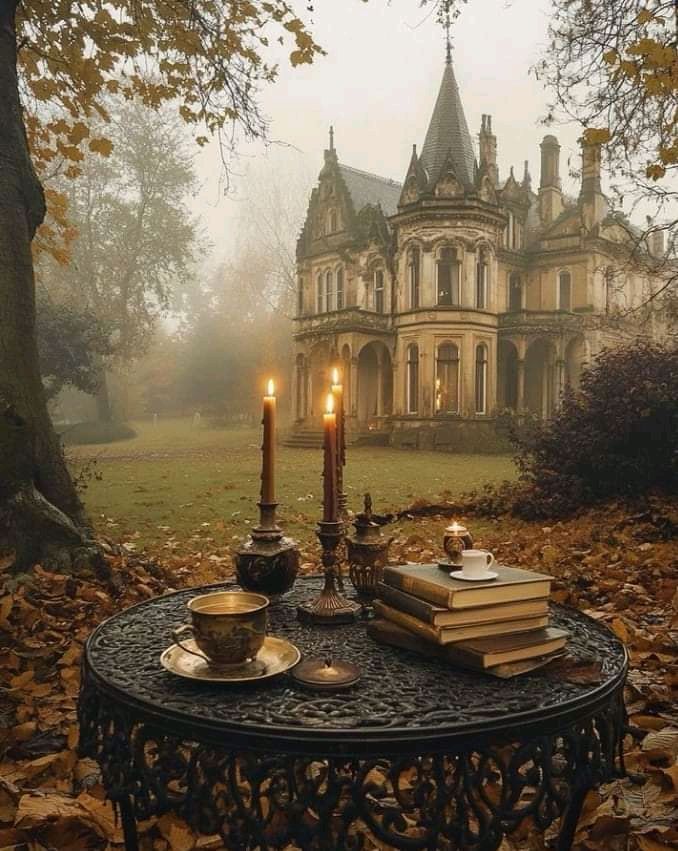
5. The Rise of Entertainment and Media
Ghost stories have been amplified and popularized through the entertainment and media industries. Horror films, like The Amityville Horror (1982), which is based on the true story of a family living in a house thought to be haunted, have only added to the mystery surrounding these old homes. Stories of haunted houses appear in books, movies, and TV shows, making them an essential part of American pop culture.
Old houses labeled as “haunted” are not just products of imagination but a combination of many factors: history, spirituality, science, and psychology. The mysterious stories, strange phenomena, and legends surrounding these homes create a mystical atmosphere that continues to attract curiosity. Whether or not these tales are true, old houses remain intriguing and are an inseparable part of American culture.

